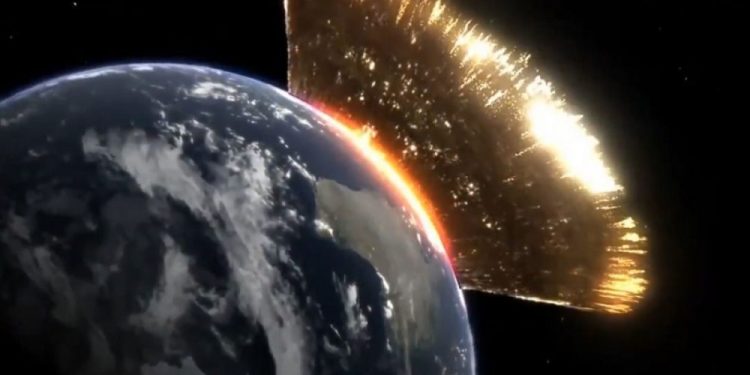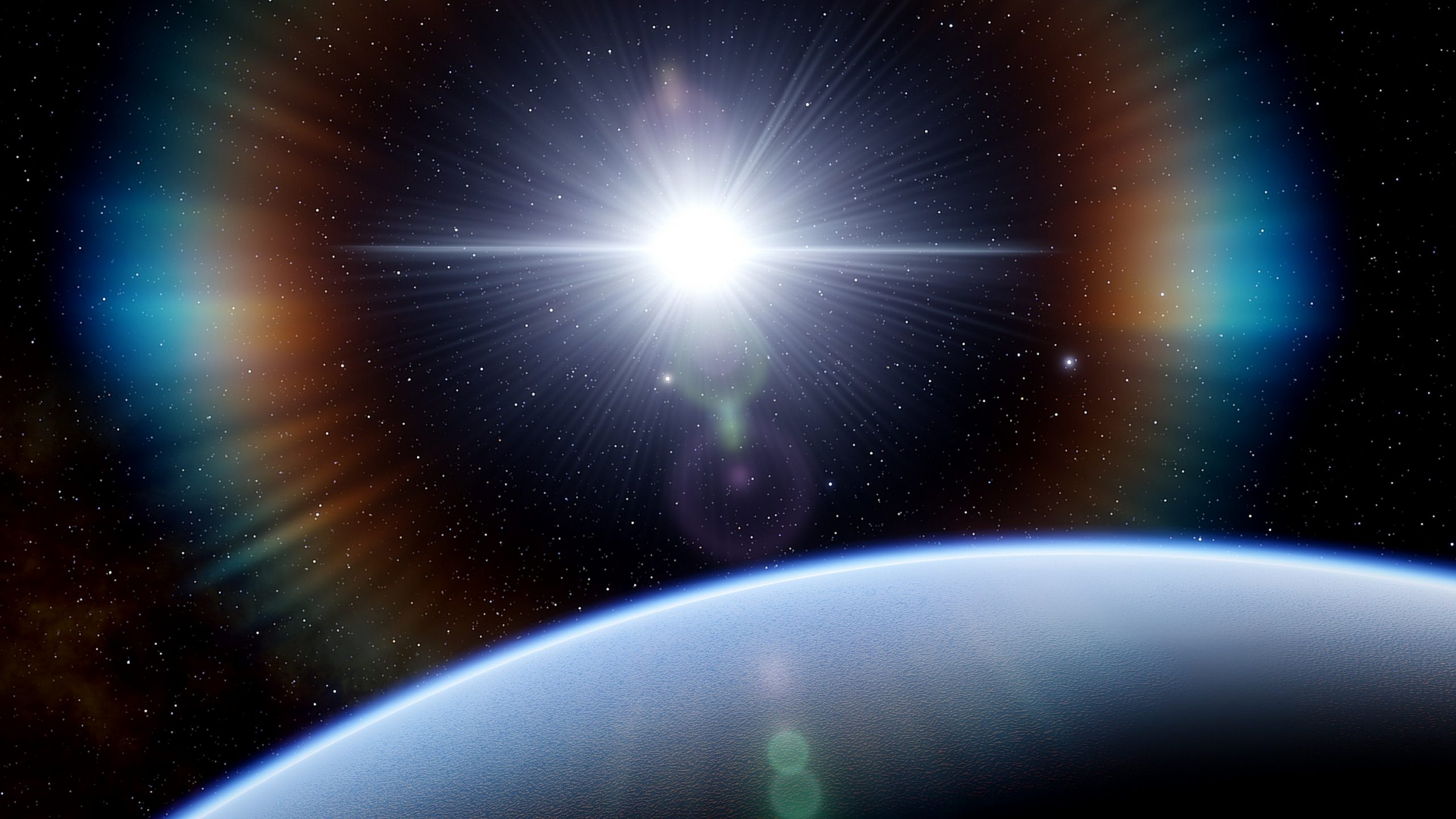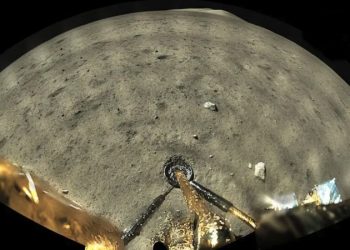Earth is thought to have been born due to repeated asteroid collisions, and Earth’s faithful satellite, the moon, is believed to have formed by a single giant impact event.
Then, Earth’s size attracted huge meteorites, which eventually bombarded the early Earth, causing super-high-temperature rock vapor to cover the entire surface and evaporate all ocean water. The earliest life forms survived such infernal events by escaping deep into the ground, miraculously emerging time after time.
The Earth has gone through innumerable catastrophic events, and life has survived by acquiring new abilities to live through every crisis. Humans are part of the grand history of life’s evolution, closely intertwined with repeated cataclysmic events.
Large Asteroid Impact Simulation
This stunning video by Discovery shows what would happen if a massive asteroid impacted our planet. In the “Large Asteroid Impact Simulation,” experts simulate the impact of an asteroid with a diameter of more than 500 km.
Impact Destination: The Pacific Ocean
It is estimated that such an impact would peel 10 km of crust off the surface. The shockwave caused by the collision travels at hypersonic speeds across the surface. Resulting debris from the impact is blasted across into low Earth orbit, only to eventually return and destroy the surface of the planet with smaller impacts.
This would heat the atmosphere until it’s like the interior of an oven, triggering extensive forest fires and cooking anything that isn’t protected beneath the surface. Eventually, firestorms encircle the Earth and vaporize all life in its way.
The combination of dust and smoke caused by the global forest fires could remain in the Earth’s atmosphere for a year or so. This would completely block out the light of the Sun. And without sunlight, much of the Earth’s plant life will perish on land and in the sea.
Within just 24 hours, the surface of the Earth turns uninhabitable.
Geological evidence suggests that such catastrophic events have happened at least six times during Earth’s long history.
The last time such a catastrophic collision is thought to have taken place is some 65 million years ago, when a massive asteroid collided against the Earth, eventually forming the Chicxulub Crater in Mexico and causing the extinction of the dinosaurs.
According to experts, on average, an asteroid this size impacts the Earth every 50 to 100 million years.
Vesta, the Largest Asteroid
The largest asteroid in our solar system is Vesta, a massive space rock that measures 578 km by 458 km and has a 2.67 x 1020 kg mass. It has a magnitude of +5.4 to +8.5 and can be easily observed with binoculars on a clear night. It has been seen with the unaided eye on several occasions.
Join the discussion and participate in awesome giveaways in our mobile Telegram group. Join Curiosmos on Telegram Today. t.me/Curiosmos











